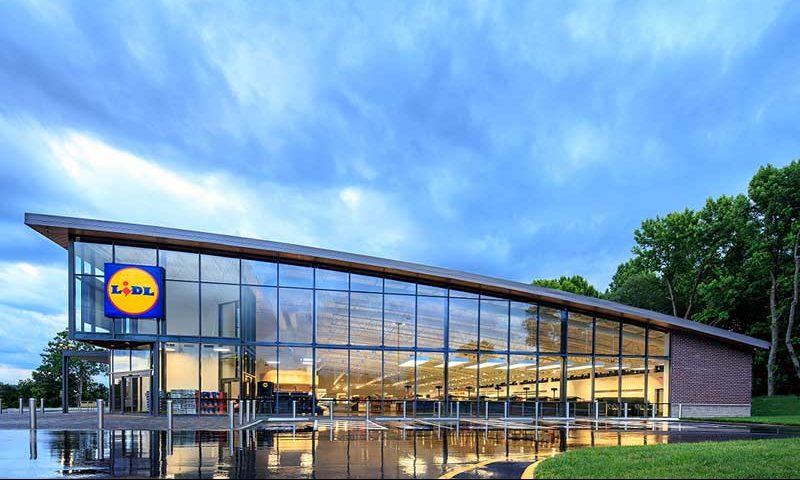Editor’s note: Read our follow-up story, published following an Oliver Wyman press conference, here.
European hard discounter Lidl’s entry into the U.S. over the last year is resonating with grocery consumers in a meaningful way, according to global consulting firm Oliver Wyman.
The independent survey by the firm found that 48 percent of 600 consumers who tried Lidl are now shopping there on a regular basis (more than twice per month). Consumers also are spending more money per shopping trip at Lidl today than a year ago, indicating they have found a wider range of Lidl products they prefer. Younger shoppers—aged 18 to 34—had a particularly high awareness of Lidl and shopped there frequently, appreciating both Lidl’s private label product quality and their prices, according to the survey.
“Lidl is new in the U.S. market, and we expect that they will gradually adapt their model based on consumer feedback, a pattern they successfully honed entering more than 20 countries in Europe,” said Tanja Ebner, principal in Oliver Wyman’s retail and consumer goods practice. “What Lidl has done so far has struck a chord with younger consumers who are valuing Lidl’s good private brand product quality almost as much as their low prices.”
Key survey findings include:
- Lidl is stealing customers from a wide range of incumbent grocers. Forty percent of consumers surveyed are now shopping at Lidl more than twice per month.
- Forty-six percent of Lidl customers say their primary reason to shop at Lidl is either good quality, good promotions or really fresh products. Thirty-nine percent cite low prices as their primary reason.
- Lidl beats all other grocery retailers in the survey in value perception and in freshness of products.
- Customer satisfaction is high with offerings not normally associated with hard discounters, including choice of organic products and wine selection.
- Satisfaction is higher in states Lidl entered recently versus those it entered earlier, which could be due to Lidl using lessons learned from earlier store openings to adjust its offer.
- Difficulty in reaching stores is cited as the No. 1 reason for not shopping more often at Lidl.
- Consumers who have never shopped at Lidl are becoming increasingly aware of the grocer, according to a comparison of responses this year and last year from the same metropolitan areas.
US consumers are showing an appetite for formats that offer good value for money. And while Lidl only operates about 50 stores in six U.S. states as of June 2018, fellow European hard discounter Aldi already has a network of more than 1,600 U.S. stores.
“Hard discounters are in the U.S. to stay and win. Incumbent grocers must evolve, redefining their business to align with the consumers’ demands for high quality and value,” said George Faigen, partner in the retail and consumer goods practice of Oliver Wyman. “Grocers need to double down on what they believe makes them uniquely attractive to their consumers, otherwise they risk a certain defection of sales, profit and customers.”
The online questionnaire was fielded in the U.S. in April 2018. Oliver Wyman surveyed 3,600 individuals in the states where Lidl operates stores: North Carolina, South Carolina, Virginia, Delaware, New Jersey and Georgia. Of these, 600 had shopped at Lidl already and were asked about their experiences in detail. The sample of 600 Lidl shoppers consists of 52 percent female consumers, 81 percent with a household income between $25,000 and $150,000 and 35 percent Millennials (ages 18-34).
Keep reading:
https://www.theshelbyreport.com/2018/01/11/prices-drop-significantly-markets-lidl-present-study-finds/
https://www.theshelbyreport.com/2018/01/10/future-grocery-shopping-faster-cheaper-smaller/
https://www.theshelbyreport.com/2017/12/29/art-patch-food-retailers-tighten-belts/

